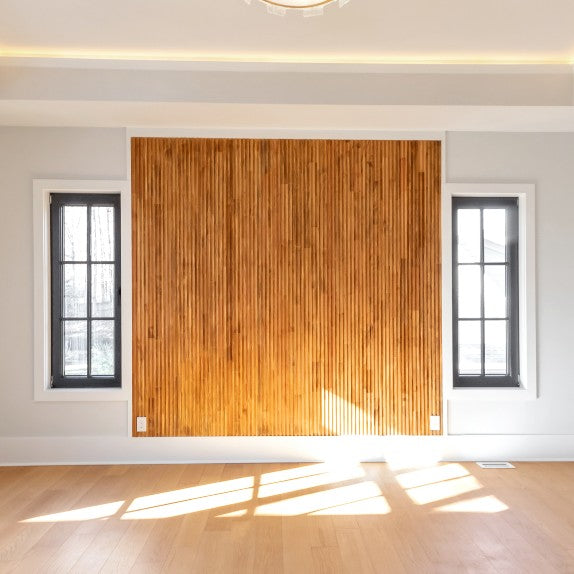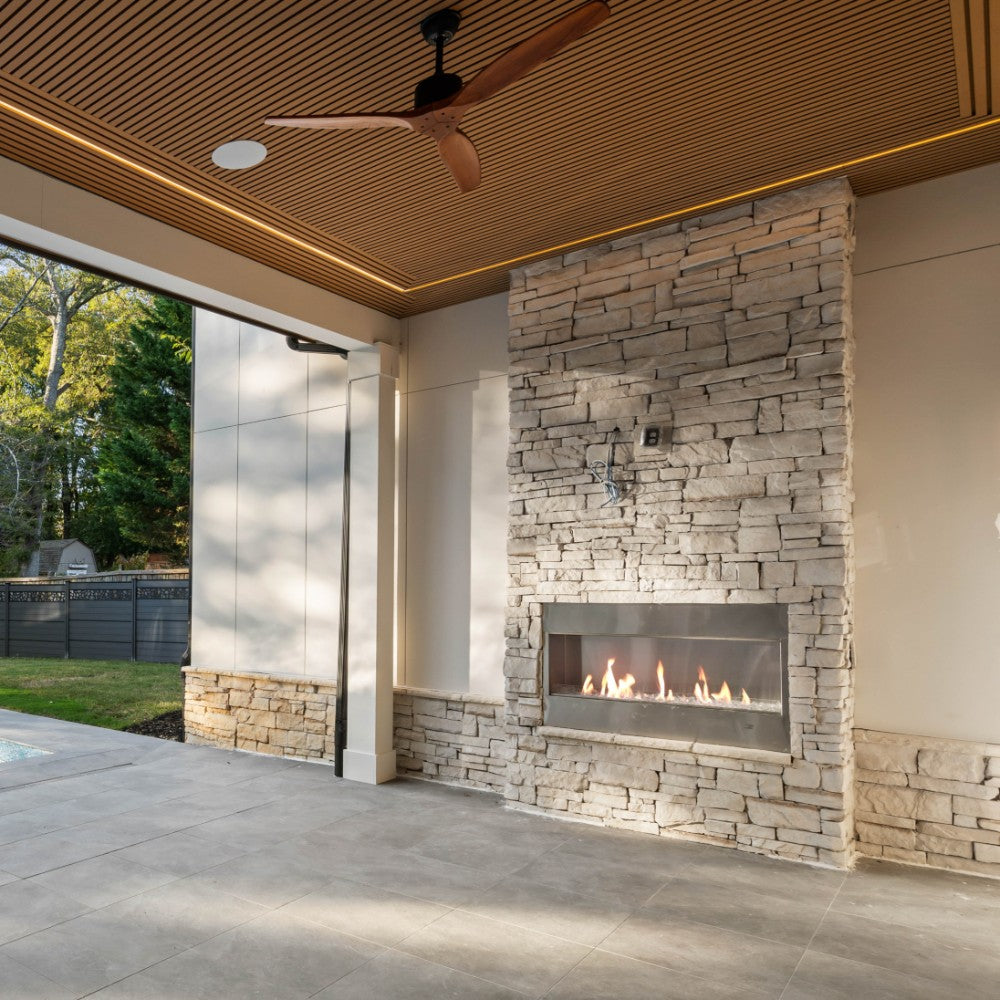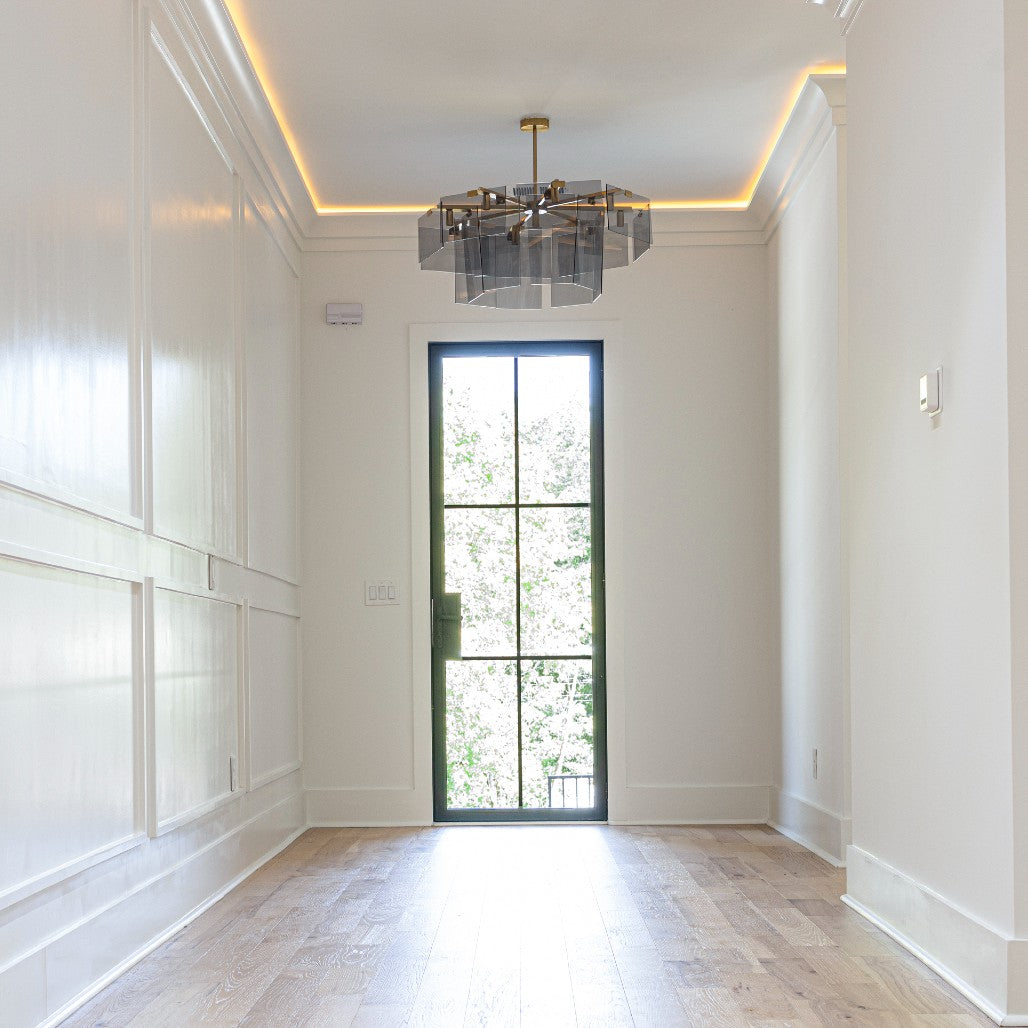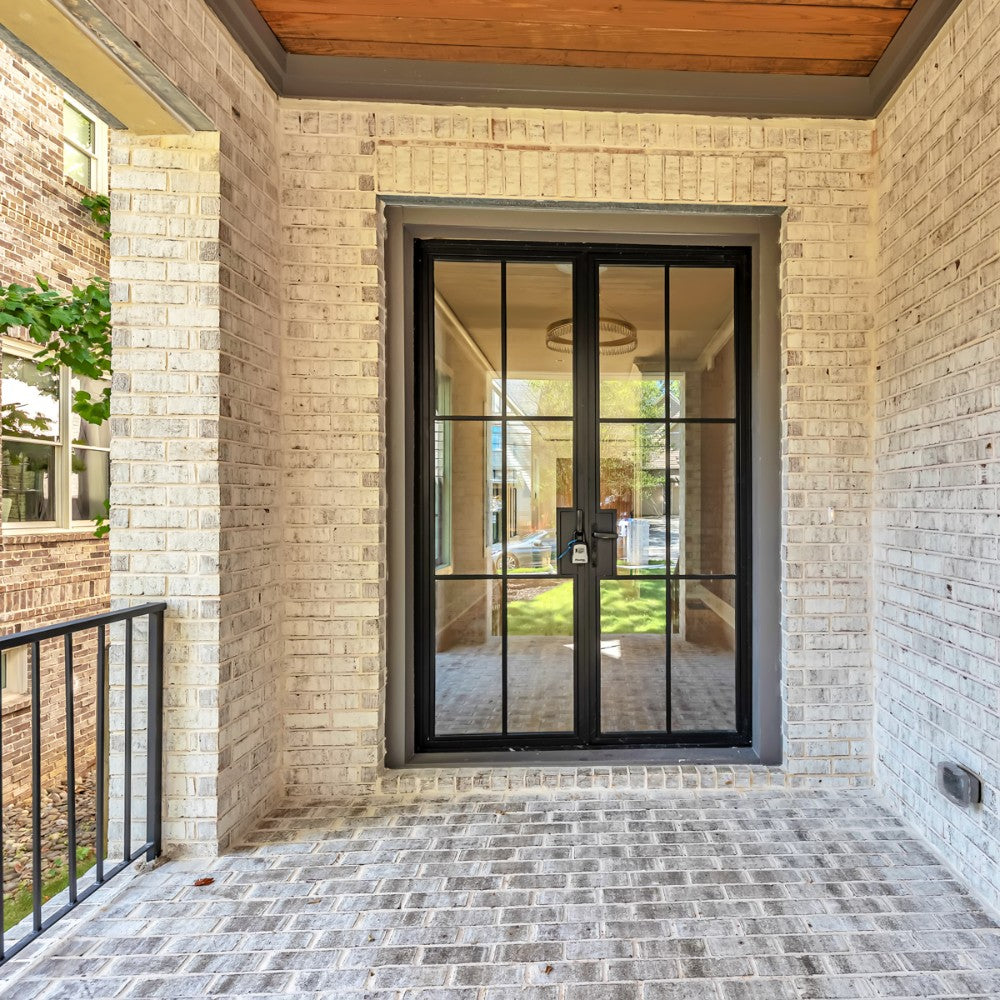
The Evolution of Sinks: Trends and Innovations in Modern Construction
Sinks have come an extended manner from their utilitarian beginnings to come to be crucial layout elements that blend style, innovation, and practicality. In the arena of modern-day creation, those furnishings have developed to meet the demands of cutting-edge aesthetics and sustainable dwelling. From minimalist designs that complement smooth interiors to clever capabilities that prioritize water efficiency, contemporary sinks are greater than simply purposeful necessities they're a reflection of evolving existence and modern-day technology.
This transformation is pushed by means of developments like eco-conscious materials, included smart generation, and formidable designs that push the limits of creativity. As proprietors and architects prioritize versatility and sophistication, sinks are virtually tailor-made to numerous wishes and choices, making them vital to kitchens, bathrooms, and application areas alike. This article explores the charming journey of sinks, highlighting the tendencies and improvements that have reshaped them into current-day marvels.
The Shift from Functionality to Aesthetic Appeal
Sinks had been in the beginning designed with a sole recognition on functionality, frequently lacking any huge visible enchantment. Their number one cause changed into to serve as a primary device for laundry and cleansing, with little regard for design elements. Whether in kitchens or lavatories, a well-selected sink can beautify the ambiance of the whole room, mixing seamlessly with cabinetry, counter tops, and other design factors.
This shift in the direction of combining splendor with practicality is a reaction to the developing demand for customized and visually appealing residing spaces. Modern sinks are not simplest about functionality but additionally about making a assertion. The integration of innovative materials, from sleek chrome steel to herbal stone and even composite blends, allows owners to pick sinks that supplement their unique style. These sinks also are available an array of shapes, sizes, and set up patterns, further raising their design talents and making an allowance for an infinite wide variety of possibilities.
Sustainability: Eco-Friendly Materials and Water Efficiency
As sustainability turns into a cornerstone of modern construction, sinks have not been left behind in this alteration. Designers and manufacturers are an increasing number of prioritizing green substances and water-saving technology. Materials like recycled glass, bamboo, and eco-resins have determined their way into sink designs, providing sustainable alternatives without compromising on fashion or durability. These materials not handiest lessen environmental impact however also promote a circular economy by way of the use of repurposed resources, that is vital in the context of growing environmental cognizance and regulations in production.
In addition to substances, the functionality of sinks has advanced with a focal point on water performance. With the worldwide push for conservation and reducing water waste, many present day sinks are designed with integrated features that decrease water utilization. Flow restrictors, aerators, and touchless tap technologies are actually typically integrated into sink systems, allowing house owners to shop water without sacrificing overall performance. This fashion represents a shift in client values, as individuals are seeking for to lessen their environmental footprint at the same time as playing the conveniences of present day technology.
Smart Technology Integration
The upward push of smart houses has delivered an entirely new measurement to sink layout, remodeling them from simple furnishings into superior technological hubs. Modern sinks at the moment are geared up with clever era features together with touchless faucets, temperature law systems, and even voice-activated controls. These improvements now not simplest enhance convenience however additionally contribute to greater electricity and water efficiency. For instance, clever faucets can automatically regulate water temperature primarily based on preset preferences, and a few models even feature sensors that may discover while hands are close to, activating the float without the need for physical touch.
These technological improvements also amplify to the cleansing and preservation elements of sinks. These smart sinks can lessen the time spent on preservation, imparting homeowners with a extra hygienic and occasional-renovation alternative. As technology maintains to evolve, we can assume in addition improvements in sink designs with a purpose to hold to combine seamlessly with the present day, related domestic.
Minimalism and Streamlined Designs
Minimalism in layout has become a huge fashion in modern production, and sinks are not any exception. The emphasis on smooth lines, easy shapes, and unobtrusive designs has brought about the introduction of sinks which are more subtle and streamlined, often mixing into the countertop or the surrounding structure. This fashion aligns with the wider movement towards developing litter-free, harmonious areas that prioritize function and aesthetic simplicity. The minimalist technique is driven by means of a desire for areas that feel open and calm, free from the visible noise of overly complicated furniture.By deciding on sinks that appear almost seamless with the countertops, owners can create a feel of continuity in their kitchen or relaxation room, making the room sense larger and more cohesive. This fashion additionally complements the growing preference for top notch, long lasting substances, wherein the beauty of the fabric itself becomes the focus of the layout, in desire to the sink's form or features.
Bold and Unique Sink Shapes
While conventional sinks are often described with the aid of round or rectangular shapes, the evolution of sink designs has seen a rise in formidable and unconventional shapes. From angular, geometric paperwork to organic, flowing designs, contemporary sinks are creating a placing visible statement in both kitchens and lavatories. Designers are actually creating sinks with sculptural qualities, turning them into focal factors that draw attention and spark communique. These specific designs are not restrained to high-quit custom installations however are also making their way into mainstream sink fashions, making them on hand to a much broader variety of homeowners.
The use of these unconventional shapes frequently reflects a shift towards personalization in home design. Homeowners are increasingly more searching out sinks that reflect their tastes and options, and sink designers are responding through pushing the limits of conventional design. These bold shapes can deliver a sense of artistry and man or woman to a room, making them an critical a part of developing a special and noteworthy interior. Whether it’s a round sink with smooth edges or a pointy-edged square basin, the style of shapes available nowadays lets in for extra innovative freedom.
Integrated Sinks: A Seamless Approach
Integrated sinks are gaining traction in current construction due to their sleek, seamless appearance and sensible blessings. These sinks are designed to be a part of the countertop itself, growing a unified surface without a visible seams or transitions. This now not simplest gives a present day, minimalist aesthetic but additionally makes cleansing and preservation simpler, as there are not any joints in which grime or water can accumulate. Integrated sinks are regularly made from the identical cloth as the countertop, consisting of quartz, granite, or strong floor materials, making sure a non-stop and cohesive appearance.
The practical benefits of integrated sinks are obtrusive, specifically in high-use areas like kitchens. The loss of seams or edges approach less time spent on cleansing and a greater hygienic space standard. These sinks additionally provide multiplied durability, because the non-stop fabric minimizes the hazard of cracking or harm on the junctions between the sink and countertop. As purchasers continue to prioritize each fashion and function, incorporated sinks are becoming a move-to choice for contemporary kitchen and bathroom designs.
Materials Innovation: From Stone to Sustainable Composites
Material innovation has performed a important function inside the evolution of sinks, presenting a much broader array of selections that cater to both aesthetic choices and practical wishes. Traditional materials like stainless steel and porcelain are still broadly used, however the upward push of composite substances, herbal stones, and green alternatives has brought new opportunities. Materials which encompass stable ground composites, which integrate natural minerals and resins, permit for customizable sun shades and textures, offering each versatility and power. As technology advances and material technological know-how keeps to improve, the variety of options for sink substances will handiest enlarge, imparting even more picks for clients who value each sustainability and excessive-end design.
Custom Sink Designs for Unique Spaces
In the arena of current creation, one-length-fits-all sink designs have become a aspect of the beyond. With developing call for for customized dwelling spaces, custom sinks are gaining recognition, permitting house owners and designers to create sinks that absolutely match the suitable dimensions and aesthetics in their areas. Whether it is a custom-made sink for a small rest room or a specially designed kitchen sink to house precise responsibilities, bespoke sinks provide tailored answers that boost the overall layout of a room. These custom designs permit for extra flexibility, ensuring that each detail, from the sink's shape to its cloth, enhances the encompassing decor.
The upward push of custom sink designs is also driven by using the growing importance of capability in design. Many owners require sinks with particular features, which includes additional depth for washing large gadgets or particular configurations that in shape their workflows. Custom sinks may be crafted to satisfy these wishes, making sure that the very last product isn't only visually appealing but also realistic and purposeful. As the demand for tailor-made solutions maintains to rise, custom sinks are predicted to stay a key trend in modern production.
The Future of Sinks: Trends at the Horizon
Looking closer to the destiny, the evolution of sinks is poised to preserve, pushed through technological advancements, sustainability tasks, and design innovations. The subsequent frontier in sink design may additionally encompass even more superior smart technologies, which includes sinks with integrated filtration systems or self-adjusting temperatures based totally on user choices. Additionally, as sustainability stays a valuable situation, future sink substances are probable to consciousness even more on recyclability and eco-friendliness, with designers exploring new methods to reduce their environmental footprint.
As trends like sustainability, personalization, and innovation continue to adapt, we are able to anticipate sink designs to come to be even extra included with broader technological ecosystems in our houses. From clever taps that track water usage to sinks made from entirely new, sustainable substances, the destiny promises exciting possibilities as a way to redefine what a sink can be. The ongoing evolution of sinks represents not best a shift in design however additionally a reflection of broader societal modifications closer to smarter, greater efficient, and environmentally aware residing.
A New Era for Sinks: Embracing Innovation and Style
The evolution of sinks has surely transformed them from simple practical items into powerful layout elements that enhance each the aesthetics and efficiency of current creation. With innovations in materials, generation, and sustainability, sinks these days offer more than simply utility—they are fundamental to developing lovely, functional spaces. From minimalist designs to bold, precise shapes and clever capabilities, the modern-day sink displays the changing demands of consumers who prioritize fashion, convenience, and eco-aware living. As we look to the destiny, the fashion towards customization, sustainability, and superior technology is only set to continue, ensuring that sinks continue to be a key part of contemporary domestic design.
For those looking for the nice in creation materials and answers, USA Builder Depot sticks out as the proper accomplice. With a extensive variety of terrific materials and merchandise, we're dedicated to supporting you bring your imaginative and prescient to existence. Whether you’re constructing a new space or renovating an current one, our group at USA Builder Depot offers great merchandise that meet the evolving needs of modern production. Visit our internet site nowadays for extra facts and explore our form of materials, in conjunction with convenient contact options that will help you get commenced for your next task.





